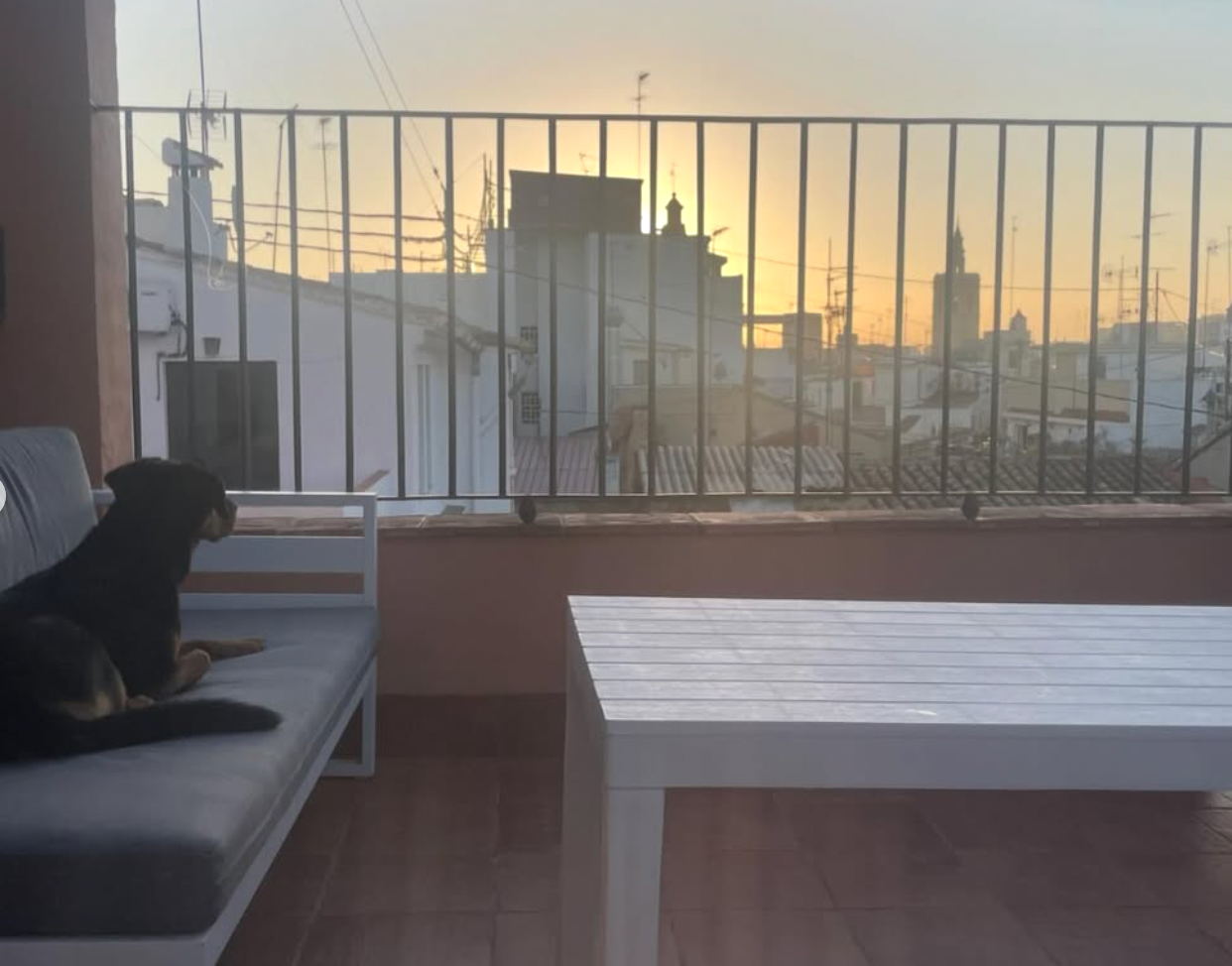When Momentum Becomes a Misalignment
Even the worst work cultures often start with the best intentions. That’s the problem. Because good intentions can’t hold a team together when the pressure hits.
That’s what happened to us.
And yet, this is not a story of cultural failure. It’s a hard-won lesson in what happens when you bet on systems and people without staying close enough to see what’s breaking.
It was 2022. We had just completed the acquisition and merger of another business that I’d co-founded years before. M&A is grueling, even amongst friendly parties, and we emerged victorious, inspired…and exhausted. We’d spent so long putting all the pieces together with grand visions of what we’d accomplish with our new, grander business. We’d gotten the deal done. Now I wanted to see my vision play out.
After all that time spent convincing investors and team members of what a great idea this was, I was pretty certain. I thought I had the right people. The right vision. The right systems. We were under pressure (perhaps only imagined) to get it together quickly. This acquisition would fuel our growth by creating the only business of its kind. We were uniquely positioned to kick ass.
But in my haste towards greatness, I delegated faster than I secured alignment. In my fatigue, I was out of juice to make sure I was asking the hard questions. I’d sold this grand vision and then, perhaps out of a need to survive, I assumed things were working. Until they weren’t.
The first signal was a sharp uptick in churn. Our long-time EAs were overwhelmed, confused, and frustrated by our rapid changes. So were our clients. When half of a pair is unhappy, it’s even easier for discontent to spread. Our quality began to slip as we made changes to our hiring process and we sold clients with enough red flags to know that we weren’t right for them.
But back then, I chalked it up to growing pains and market anomalies. Some discontent is to be expected and we’d ridden the waves of market shifts before. Why would this be any different? I wanted our issues to be external. Not because I was afraid of what I’d find if I dug deeper, but because I was simply spread too thin and moving too fast to ask the hard questions. I didn’t ignore the red flags. I just explained them away.
I’ve long prided myself on not resembling anything close to a micromanager. I love setting people up for success and then watching them launch. I relish helping people hone their strengths and watching them shine. But it turns out there’s a fine line between giving people room to win and creating space for misalignment. It’s a difficult and delicate dance that, I realize now, I rushed through far too quickly. In trying not to micromanage, I became something worse: an under-manager.
I skipped the hard work of upfront alignment and had too many layers between myself and our customers, product, and its delivery. We had a team full of outstandingly talented individuals who had every reason to succeed…once they were aligned. In skipping this critical step, I missed how deep our cultural fractures were running until it was nearly too late.
Trust and alignment must be earned and maintained over time and I now know I was doing neither. Fast forward a number of months and things had only gotten worse. Despite our best efforts, our culture continued to crack. Key people left, trust began to erode, and even deeper issues of bullying were beginning to take root. It felt like one long string of bad news after another. In my reactivity, I missed the bigger picture. I was too busy patching holes to see the structural damage underneath.
But I know I’m not alone in this experience. Because culture doesn’t simply fall apart in one moment. It frays at the edges while you’re running full steam ahead. I’ll talk more about the details of this part of our journey in later posts. Today, I want to share a few of my evolving learnings.
Here’s what I know to be true:
- Systems are absolutely necessary, and so is your presence. Even the best systems can’t run themselves.
- People are your best assets, and biggest liabilities. If they are not aligned and supported, watch for trouble.
- Trust without proximity veers dangerously close to crossing your fingers and hoping for the best.
- Delegation is critical, but delegation without alignment leads to disaster.
I haven’t mastered this balance, but I do know it’s possible to build something big and sustainable without killing yourself. To give yourself enough space to breathe yet stay close enough to feel it when things start to wobble.
The key to it all? Invest in your team. Know your team. Commune, align, debate with your team. Ask them questions, give them feedback, hear their feedback, and grow together. This human-first, team-centric mindset is what unlocks the potential of the greater whole.
Big intentions and grand ideas are not enough. You will always need something both bigger and deeper to anchor you. We sure did. Even as we scraped and clawed our way back to a solid foundation built on trust, we needed a way to regularly check the pulse. Because culture is never one-and-done, we didn’t need a fix. We needed a rhythm.
Next, I’ll walk through the audit we are building to stay close to our people, our systems, and our purpose. Not as a cure-all, but as a check-in before things break.
I’d love to know: where are you holding too much? Where have you let go too soon?

 By
By


